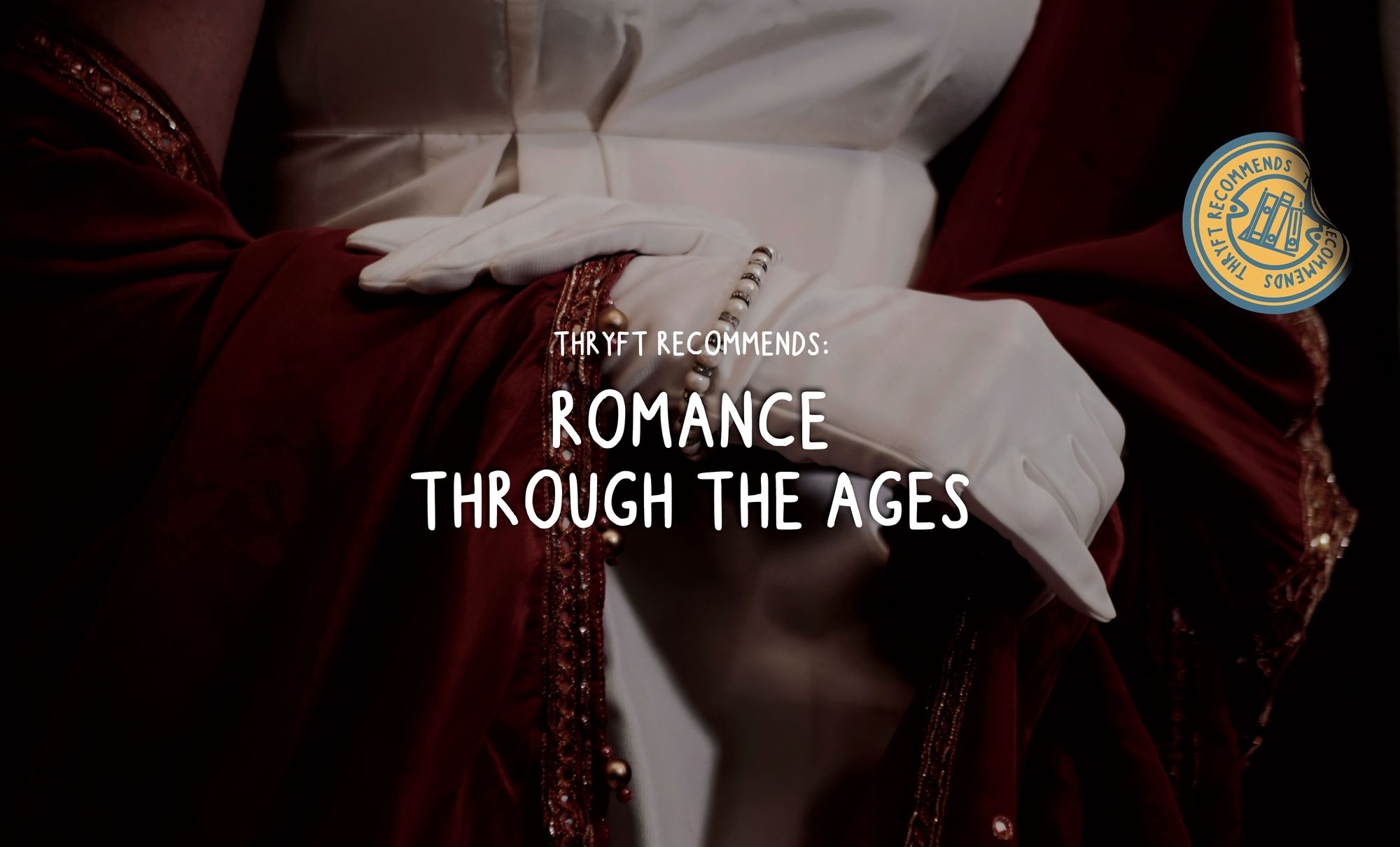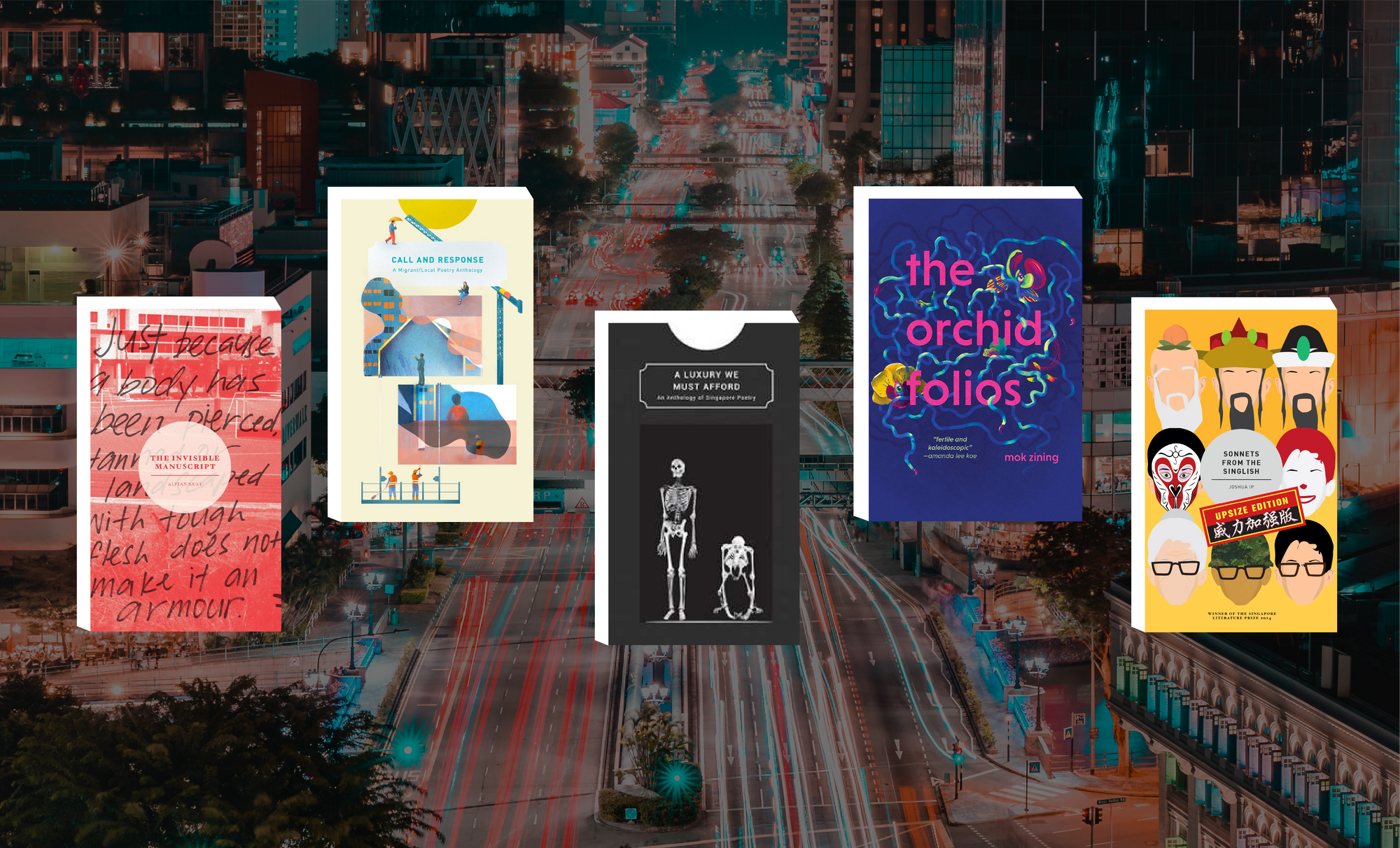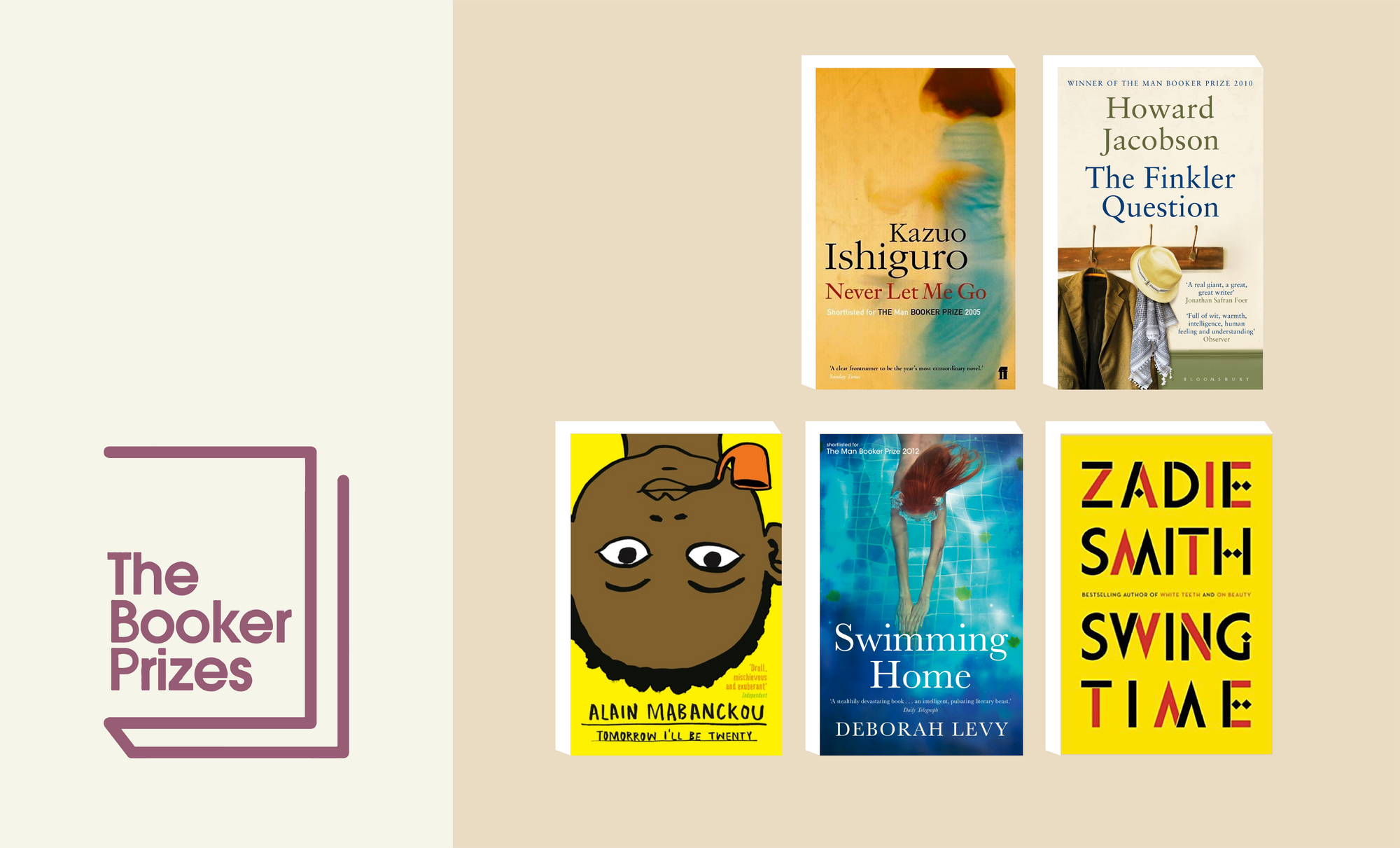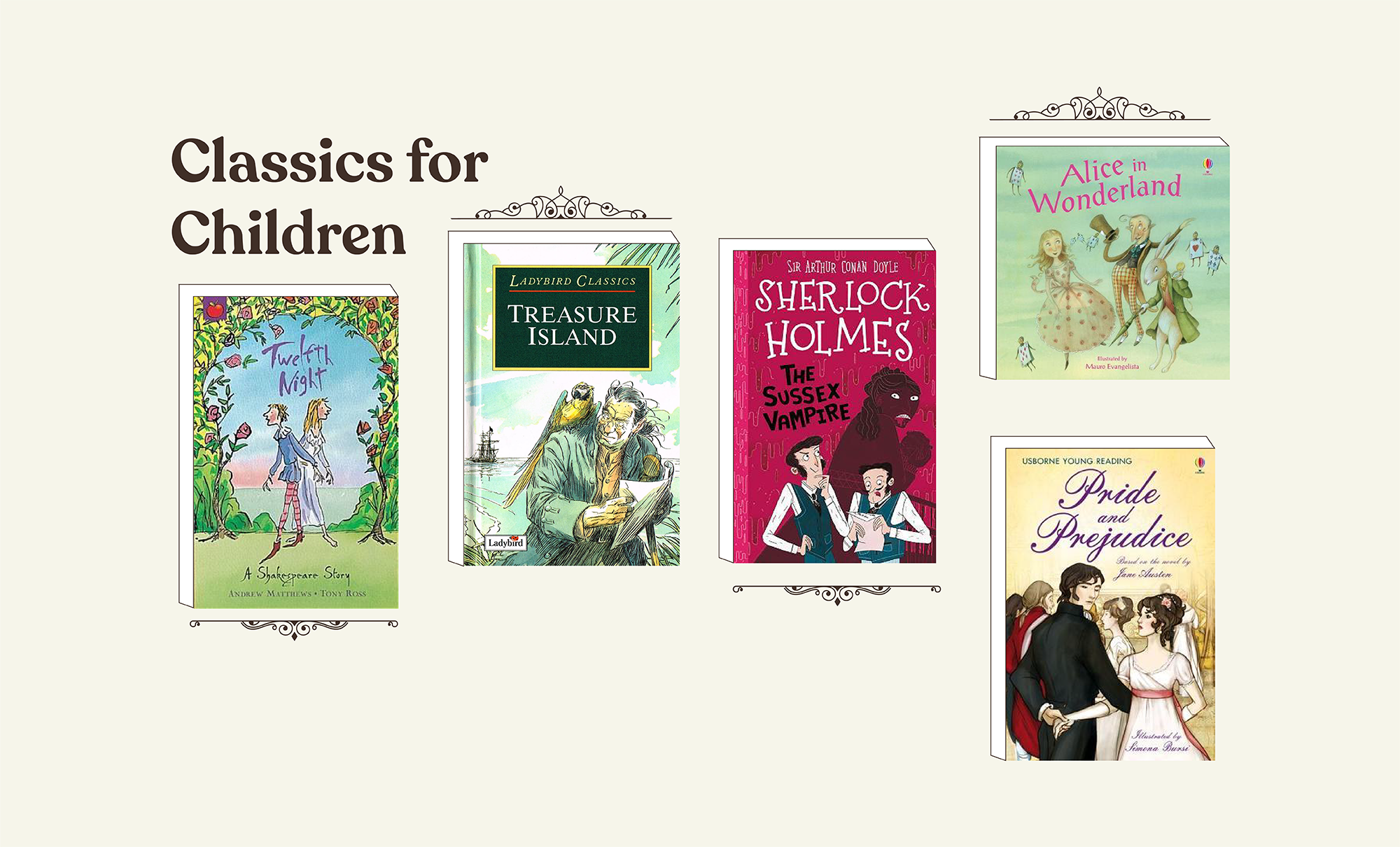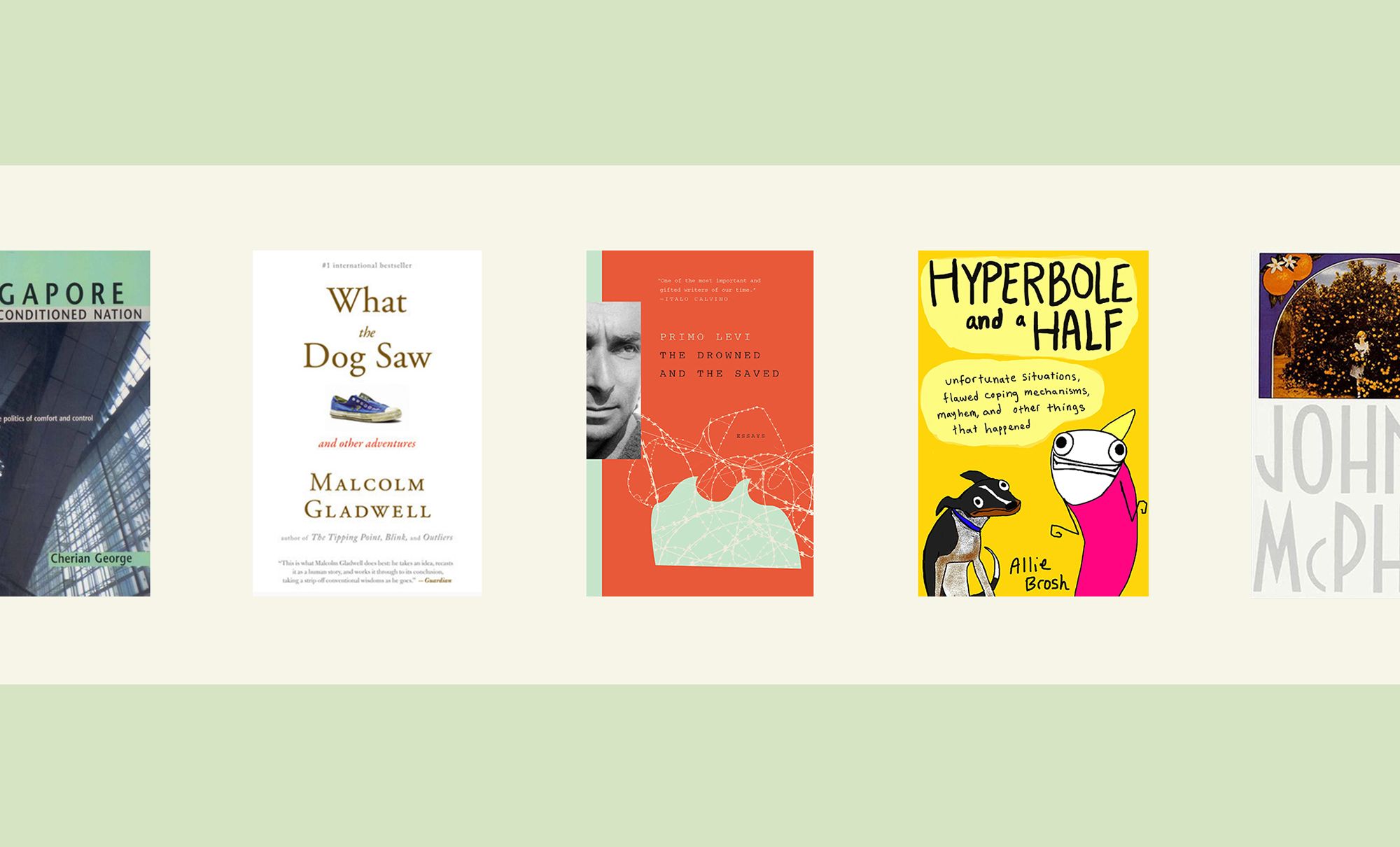February may have become known as the month of love and romance, largely thanks to Valentine's Day, but do you know what the term "romance" really means and how it came about?
Tag along for a romantic walk through the ages, where we'll explore, through various titles, how the word "romance" came to be, and how it has evolved since to become associated with the idea of an intimate relationship between two lovers, as we know today.
Browse by Thematic Period:
1. Classical Antiquity & The Middle Ages: Rome / Roman, Chivalric Romance
2. The Romantic Era: Emotional Aesthetic, Escape from Industrialisation, Individualism
3. Modern Day: Romance as Love, Intimate Relationship, and More
Classical Antiquity & The Middle Ages: Rome / Roman, Chivalric Romance
The term "romance" traces its origin to nearly 2,000 years ago to the Ancient Roman Empire. It comes from the Latin word of Romanice, which means Roman vernacular - the dialect and slang, if you may, spoken by ordinary people that is distinct from what is used for writing, official documentation, and public monuments' inscriptions.
These vernacular tongues include French, Italian, Spanish, Portuguese, Romanian, and other languages that emerged from Latin, the official language of Rome, over time. They became known as the Romance languages (notice the "Rom(e)" / "Roman" in the word Romanice), and a work of romance thus initially meant something written in one of these languages, often adapted from a Latin text.
The Pastoral Poems (The Eclogues)
By Virgil, translated by E. V. Rieu
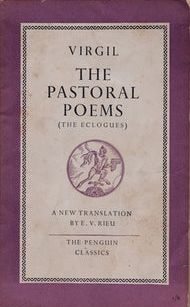
Haunting and enigmatic, Virgil's Eclogues combined a Greek literary form with scenes from contemporary Roman life to create a work that inspired a whole European tradition of pastoral poetry. Yet despite their rustic setting and the beauty of their phrasing, these poems are grounded in reality. Shepherds are overwhelmed by the torments of poetic love - but they must also endure real-life events such as the tragic consequences of Julius Caesar's murder and a civil war. In crystalising unforgettable expressions to the disasters of his day, the Eclogues paved the way for Virgil's subsequent masterpieces, the Georgics and the Aeneid.
While the Eclogues are not actually considered a romance (since they are really written in literary Latin), they may provide insights into the writings of Virgil, hailed as one of the greatest Roman poets. Virgil's works, along with the rest of the classical Greco-Roman mythology, remained relevant in the Middle Ages as many medieval poets would weave typical epic elements of martial exploits and adventurous quests with courtly love, marvelous events, and interwoven stories - which gave an additional dimension to distinguish "romance" as a genre, instead of it simply being something written in say, French or Italian.
The Consolation of Philosophy
By Anicius Manlius Severinus Boethius
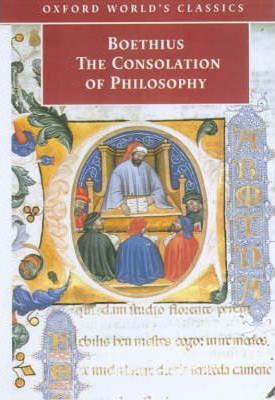
The Consolation of Philosophy (Latin: De Consolatione Philosophiae) is written by Roman statesman Boethius in the 6th century AD whilst awaiting trail and execution for alleged treason, which he protested was manifestly unjust. Though a convinced Christian, he consoled himself not with Christian precepts but with the tenets of Greek philosophy, believing in the correspondence between faith and reason - that the two are not mutually exclusive or opposing, but parallel and complementary approaches to reach higher metaphysical truths.
Boethius' work dominated the intellectual world throughout the Middle Ages inspiring writers such as Dante and Geoffrey Chaucer. The circumstances of composition, especially the heroic demeanour of the author, the rationalisation of suffering (such as through the motif of the Wheel of Fortune), and the emphasis of an internal, spiritual journey have since greatly influenced the development of the romance genre - notably on these works' focus on one's emotional experience and the ethos of courtly love, where love is strengthened through trials and suffering.
William the Conqueror
By David Bates

Centuries after the fall of the Roman Empire, a single historical event would become the tipping point that drove the rapid growth of the romance genre across the Middle Ages - the Norman Conquest of 1066, which saw the invasion and subsequent occupation of England by Normans, Bretons, Flemish, and men from other French provinces, led by William the Conqueror.
In William the Conqueror, David Bates combines biography and a multidisciplinary approach to examine the life of a pivotal figure in British and European history. Using a framework derived from studies of early medieval kingship, he assesses each phase of William's life to establish why so many trusted William to invade England and its consequences for generations to come.
In particular, the resulting shift in the dominant language of literature, law, administration, and more from English to Anglo-Norman French. For one, English nearly disappeared as a distinct language, and when it returned as Middle English (predecessor to our Modern English), it came to resemble French more than what English used to be. The Conquest also facilitated an unprecedented mobile exchange of cultures and tales, which allowed the spread of the Celtic Arthurian legends and its subsequent popularisation by both medieval French and English writers.
Le Morte Darthur
By Thomas Malory
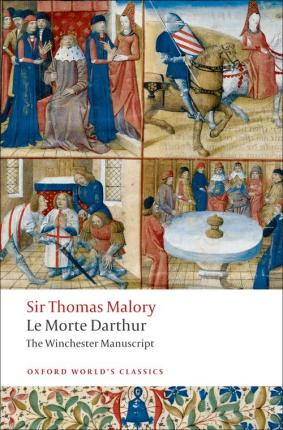
The Arthurian legends are no doubt some of the most renowned and iconic stories of the medieval romance tradition, being emblematic of many tropes we take to be classic for fantasy and love stories today - courtly love, chivalrous knights, sword and sorcery, prophecies and dreams, wondrous objects, magical tests and creatures, adventures in faraway realms... the list could go on!
Over centuries within the Middle Ages, the subject has been worked on extensively, and hence popularised, by French writers such as Chrétien de Troyes. The definitive English version of these stories, Le Morte Darthur (Middle French for "The Death of Arthur"), was completed in the 15th century by Sir Thomas Malory. The lengthy work, which has since become the principal source of Arthurian literature, is a rework of the circulating stories about Arthur, Guinevere, Merlin, and the Knights of the Round Table, along with their respective folklore.
Although Le Morte Darthur arguably represents the peak of medieval romance works, interest in the genre had begun to wane at this point in history, and Malory's writing is aptly subversive of the very motifs it deals with. In a resonant prose style, Malory charts the tragic disintegration of the fellowship of the Round Table, destroyed from within by warring factions. The revelation of Lancelot and Guinevere's illicit passion and Arthur's powerlessness to prevent an outbreak of violence and revenge highlight the contradictions that underscore the chivalric ideals of the Middle Ages, marking the end of the Arthurian golden age - both in terms of his reign and of the romance genre it has come to symbolise.
The Cambridge History of Medieval English Literature
By David Wallace

Coming to the end of the Middle Ages, we could all perhaps take a step back and adopt a more holistic perspective of everything that has transpired thus far in our journey down the literary history of romances.
The Cambridge History of Medieval English Literature is an excellent overview that covers romances and beyond. 33 distinguished contributors offer a collaborative account of literature composed or transmitted in England, Wales, Ireland, and Scotland between the Norman Conquest and the death of Henry VIII in 1547. It provides information on a vast range of literary texts and the conditions of their production and reception, which will serve both specialists and general readers, and also contains a chronology, full bibliography, and a detailed index. This book is an essential reading for scholars of the Renaissance as well as medievalists, and for historians as well as literary specialists.
The Romantic Era: Emotional Aesthetic, Escape from Industrialisation, Individualism
Romance literature became increasingly ridiculed and looked down upon during the Enlightenment and the Industrial Revolution. Only after nearly 300 years, towards the end of the 18th century and the beginning of the 19th century, did public interest in romances truly rekindle.
The Romantic Era, named after Romanticism - an artistic, literary, musical, and intellectual movement, is inextricably tied to the idea of romance, which has arguably become more of a literary form (think along the lines of poetry, play, essay, short story, etc.). The period saw the revival of medieval culture and built upon it as a response against the rise of science, rationalism, empiricism, humanism, and technology, with the poetry and stories of this period emphasising the individual, subjective, emotional experience, the idealisation of nature, and suspicion towards rapid industrialisation and scientific progress.
William Wordsworth: A Life
By Stephen Gill
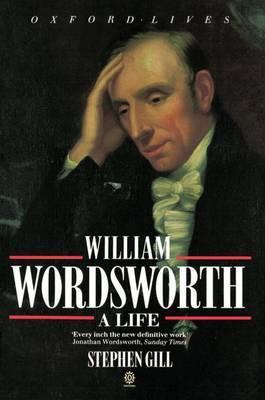
William Wordsworth was among the key figures (including Lord Byron and Percy Shelley) who ushered in the Romantic Era, best known for his long autobiographical poem, The Prelude.
Based on intimate knowledge of the poet's manuscripts, on a fresh look at contemporary records, and on a study of the mass of material that has appeared since the last serious biography, a quarter-century ago, this new account of Wordsworth focuses on what was most important to him - his life as a writer.
It was, in its way, a heroic life. Wordsworth suffered numbing blows from the death of friends and family, including three of his own children. Critics reviled his poetry for over twenty years, and he never made enough money by his pen to live on. Yet his dedication to his art did not waver. In middle age he knew that contemporaries valued him as a moral sage; in old age he suffered the embarrassment of being a cultural icon. The lucid narrative that Stephen Gill draws out is the story of that hard-won triumph - its purpose is to bring readers back freshly to poetry that is full of human understanding and experience, and a tested, sober faith in "Man's unconquerable mind".
The Monk
By Matthew G. Lewis
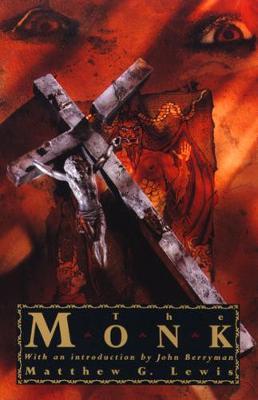
One of the key developments of romance during the Romantic Era is the focus on architecture and setting (especially derelict ones), the macabre and mysterious (a turn towards the darker, more horrifying side of supernatural elements), and their intertwining with one's emotional experience. This, along with the rise of the novel as a literary form, spurred the emergence of Gothic fiction.
Lewis' The Monk is an early classic of the genre, and it shocked and titillated readers with its graphic portrayal of lust, sin, and violence when it was first published in 1796. It has since left an indelible mark on English literature and has influenced eminent writers as Byron, Scott, Poe, Flaubert, Hawthorne, Emily Brontë, and many others.
The main character, Ambrosio, is the abbot of the Capuchin monastery in Madrid. He is beloved by his flock, and his renowned piety has earned him the nickname "The Man of Holiness". Yet beneath the veneer of this religious man lies a heart of hypocrisy; arrogant, licentious, and vengeful, he follows his sexual desires down the torturous path to ruin. Along the way, he encounters a naive virgin who falls prey to his scheming, a baleful beauty fluent in witchcraft, the ghostly Bleeding Nun, an evil prioress, the Wandering Jew, and others.
Wuthering Heights
By Emily Brontë
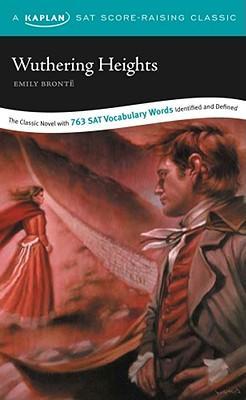
For much of literary history, writing was considered a predominantly male domain, but with the rise of the Gothic, women began to find their place in literature due to its valuing of the subjective experiences. In fact, many of the most renowned Gothic stories were written by women, including Mary Shelley's Frankenstein and in this case, Emily Brontë's Wuthering Heights.
Perhaps the most haunting and tormented love story ever written, Wuthering Heights is the tale of the troubled orphan Heathcliff and his doomed love for Catherine Earnshaw. While Catherine forms a deep attachment to Heathcliff, her brother Hindley despises him as a rival. Heathcliff becomes torn between love for Catherine and the rage and humiliation he suffers. Finally he can stand it no longer and, in the violence of a summer storm, leaves the Heights for 3 years. During his absence Catherine has married, but her tormented heart belongs eternally to Heathcliff who is now prepared to exact his tyrannical revenge.
As time progresses, the distinction of "romance" as we understood in the Middle Ages began to blur, possibly due to expansion of the word's usage during this period, its idealisation of love relationships, its nearly interchangeable usage with "novel" as a literary form, or a combination of these factors and more. Emily Brontë's work has thus been called a "Gothic romance", "Gothic novel", "Gothic fiction", and "romance novel".
Dr Jekyll and Mr Hyde and Other Stories
By Robert Louis Stevenson

Dr Jekyll and Mr Hyde is another classic piece of Gothic fiction, and one that further pushes the boundaries of the genre to include elements of science fiction and detective fiction. While it still features a narrative on marvellous and unusual incidents - a possible interpretation of what the term "romance" has come to mean at that point in time, the story is relatively more grounded in real life and takes place closer to the urban centre, as opposed to a remote location.
In this novella, Dr Jekyll has been developed a drug which separates the two sides of his human nature and allows him occasionally to abandon himself to his most corrupt inclinations as the monstrous Mr Hyde. But gradually, he begins to find that the journey back to goodness becomes more and more difficult, and the risk that Mr Hyde will break free entirely from Dr Jekyll's control puts all of London in grave peril.
The Gothic Tradition
By David Stevens
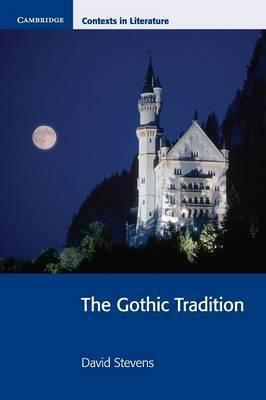
Following the conclusion of the Romantic Era, identifying stories about quests or magical encounters as romances likely fell out of fashion as the term and form of "novel" became more popular for writers and readers alike, which has persisted till today.
Nonetheless, Gothic literature remains one of the enduring "greatest hits" over the course of the romance genre and form's development. In The Gothic Tradition, find out more about how the Gothic has subsequently influenced modern writers such as Angela Carter, Iain Banks, and Stephen King in vivid ways, and its effect on the world of film and rock music. Part of the function of this book is to offer some guidance - not in terms of a fixed or definitive set of Gothic characteristics, but rather in giving a framework for questions and explorations.
Modern Day: Romance as Love, Intimate Relationship, and More
Romance thus eventually came to mean almost exclusively, the idea of love, intimate, and romantic relationship. Love stories have certainly existed even during the Classical Antiquity, but how the term "romance" came to what we know today is not a straightforward or linear process. However, what we can be sure is that the traditions from before continue to influence the romance novels that are so popular today (going beyond Europe), and if you observe closely enough, key elements of what romance used to be can still be found.
Dead Until Dark
By Charlaine Harris
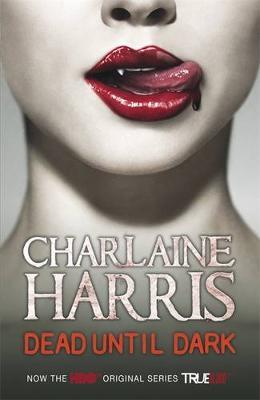
Vampires have featured in stories for a long time, and were especially popular in Gothic fiction like Bram Stoker's Dracula. Even today, they continue to spawn numerous sensational films, television shows, and novels.
Charlaine Harris' Dead Until Dark is one of such novels, which has been adapted into the successful True Blood series on HBO. In this tale, Sookie Stackhouse is a small-time cocktail waitress in small-town Louisiana. She's quiet, keeps to herself, and doesn't get out much because she has the strange ability to read minds. And that doesn't make her too dateable. And then along comes the tall, dark, and handsome Bill, whose thoughts Sookie cannot "hear". He is exactly the type of guy she has been waiting all her life. But Bill has a secret of his own - he's fussy about his food, he doesn't like suntans, and he's never around during the day. That's right, Bill is a vampire. To make matters worse, he hangs with a seriously creepy crowd, with a reputation for trouble - of the murderous kind. And then one of Sookie's colleagues at the bar is killed, and it's beginning to look like Sookie might be the next victim...
Destiny of the Wolf
By Terry Spear
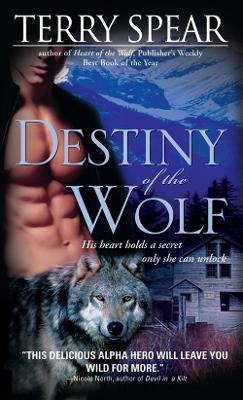
Wherever vampires go, werewolves follow. Even in medieval romances, there have been love stories involving humans shapeshifting into wolves (and other animals), often symbolic of different sides to the human psyche, even being some kind of test on the strength of the lovers' understanding of each other.
In Terry Spear's modern romance novel Destiny of the Wolf, Lelandi Wildhaven is determined to discover the truth about her beloved twin sister's mysterious death. But everyone thinks she's out to make a bid for her sister's widowed mate Darien Silver - a pack leader tormented by memories, who blames himself for his mate's death. When Lelandi arrives in his town, he finds himself bewitched, and when someone attempts to silence her, he realises that protecting the beautiful stranger might be the only way to protect his pack, and himself.
Whisper of Warning
By Laura Griffin
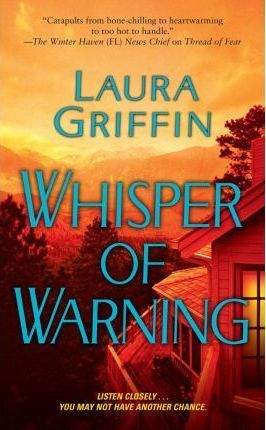
A love that is forbidden, or star-crossed, or conflicted was the main highlight of many medieval romances. Gothic influences brings darkness, terror, and fear into the equation. Even without supernatural elements, Whisper of Warning delivers a thrilling story of love, secrets, and danger.
Courtney Glass has been in trouble all her life, but nothing tops being an up-close witness to a brutal murder. Until she's accused of the crime. Every scrap of evidence points to her guilt, and only Courtney knows what really happened. Now she must prove that she's not a murderer, but one of the killer's intended victims. As police investigators hammer her for answers, Courtney knows she has two choices - run, or trust the brooding, sexy detective who's made it clear she's his prime suspect. Will Hodges doesn't need Special Forces training to know that, despite Courtney's killer looks and razor-sharp tongue, her tough-girl act hides a vulnerable woman with a deadly secret. As the body count rises, Will realises that a lethal enemy has Courtney in his crosshairs. The killer is waiting, watching her every move - and he won't stop until her fear has grown from a whisper to a scream....
Twilight and History
By Nancy R. Reagin
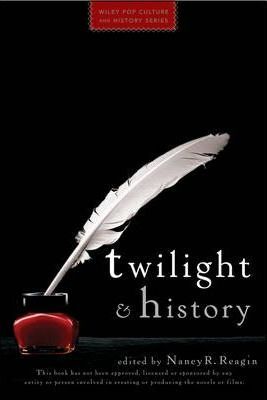
Last but not least, let's address the elephant in the room - Twilight. No doubt it has been one of the most popular romance novels in recent years, yet it draws as much scorn as it does praise, something experienced by both medieval and Gothic romances at some point in time. Nonetheless, Stephenie Meyer's novel series is noteworthy for inheriting many Gothic romance elements and for sensationalising the subgenre of paranormal romance.
Twilight and History explores that and more. The characters of the Twilight Saga carry a rich history that shapes their identities and actions over the course of the series. Edward Cullen may be presented as a teen heartthrob, but how has the Spanish Influenza of 1918 influenced his character? His adopted sister, Alice, was imprisoned in an insane asylum in 1920 and suffered from inhumane treatment. Learn more about what life might have been like for Jasper Whitlock Hale, the Confederate vampire who fought during the Civil War, Carlisle Cullen, the Puritan witch hunter-turned-vampire who participated in the witchcraft persecutions in Early Modern England, and the history of the Quileute culture that shaped Jacob and his people, and so on. This collection of essays add a whole new dimension to the Twilight novels and movies (be it love or hate), offering fresh insights on vampires, romance, and history.
We hope that our little journey through the evolution of "romance" as a concept was interesting for you! If you have enjoyed this book recommendation, do scroll down to the end of this page and subscribe to our email newsletter for more. As a bonus, you'll even get 15% off your next Thryft order!
Do grab the titles that have caught your eye before they are gone, for they will fly off our shelves, fast - with our Buy 2 Get 1 Free sitewide promotion. Offer ends tomorrow night at 11.59pm.

